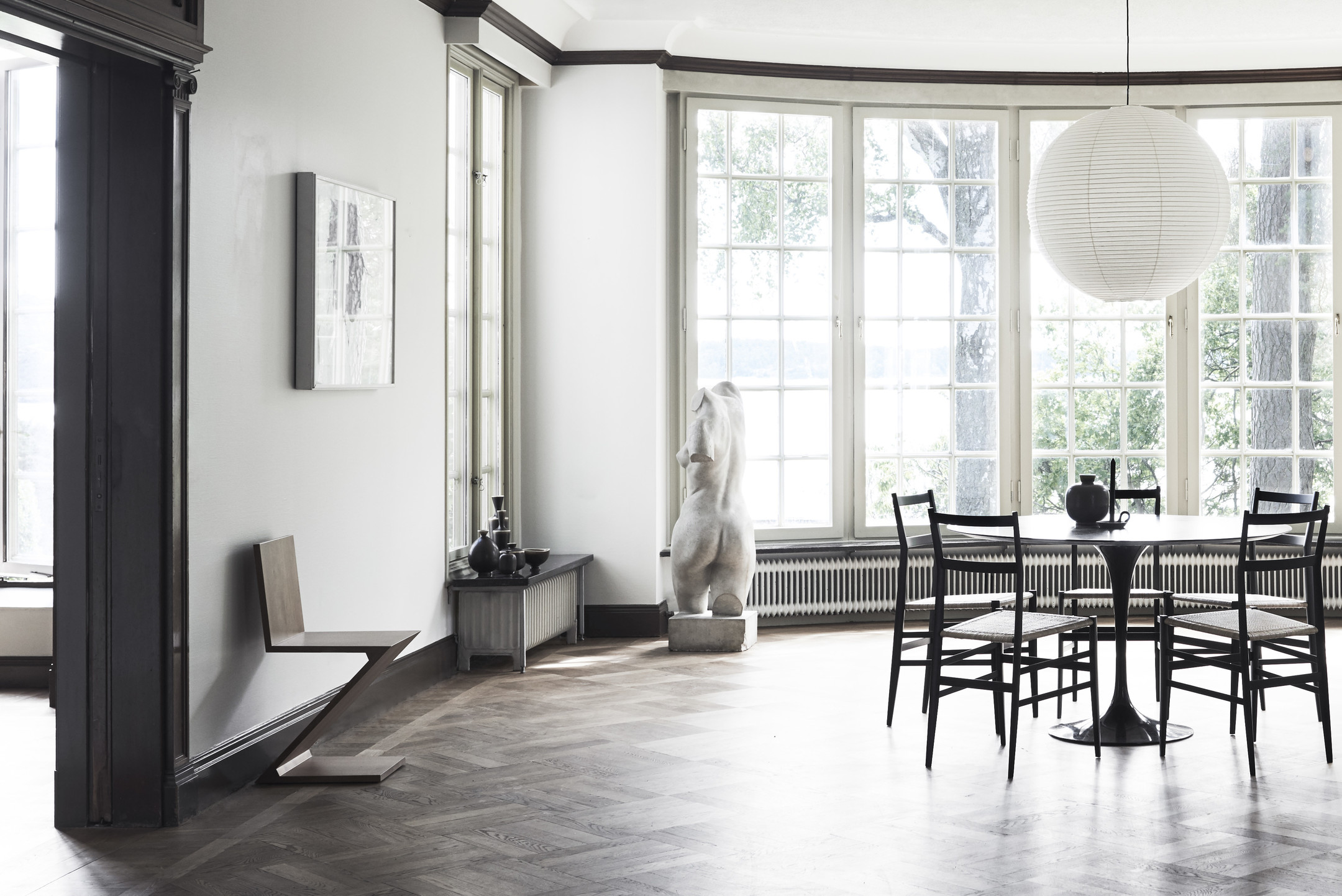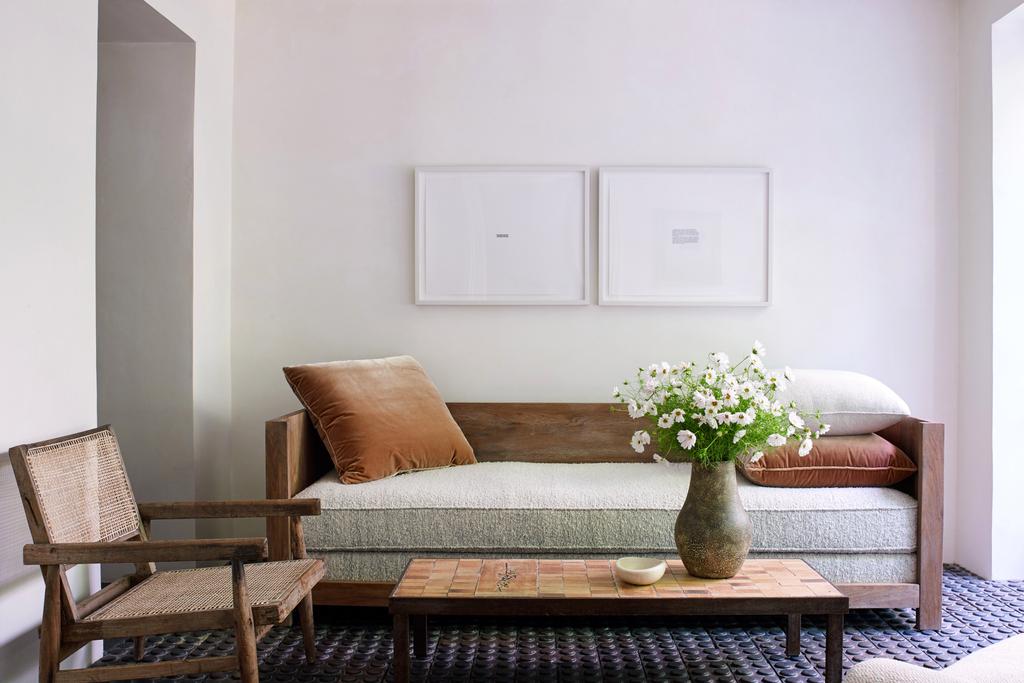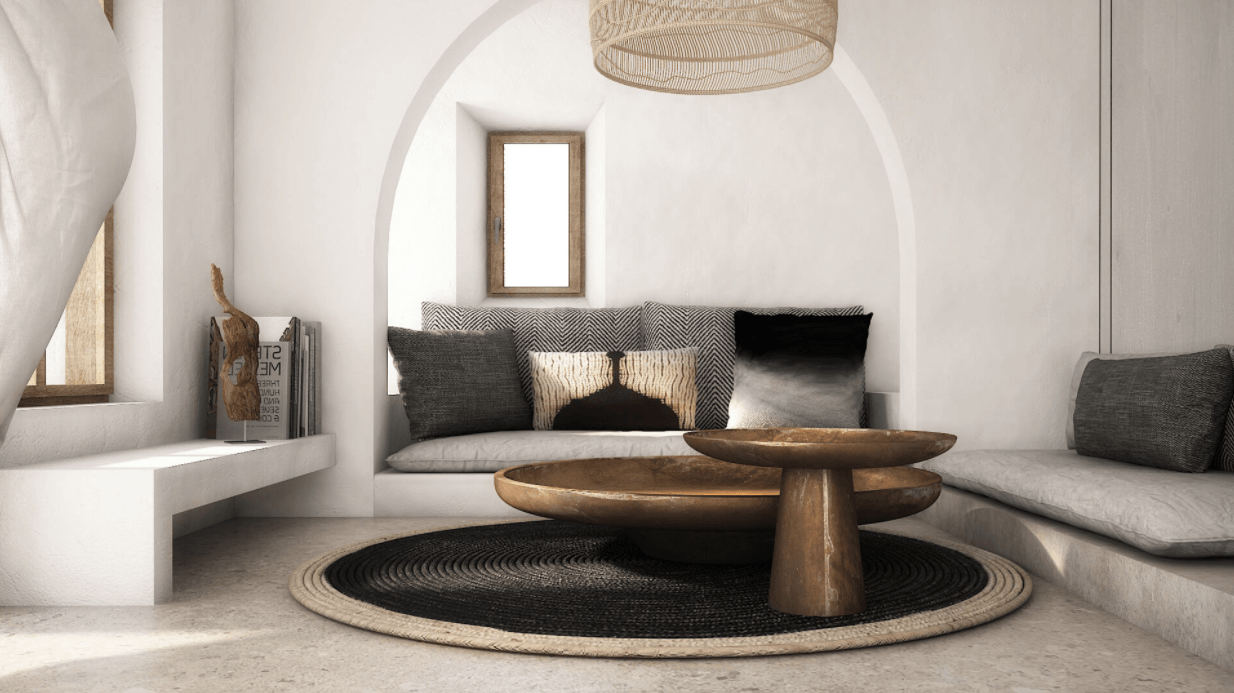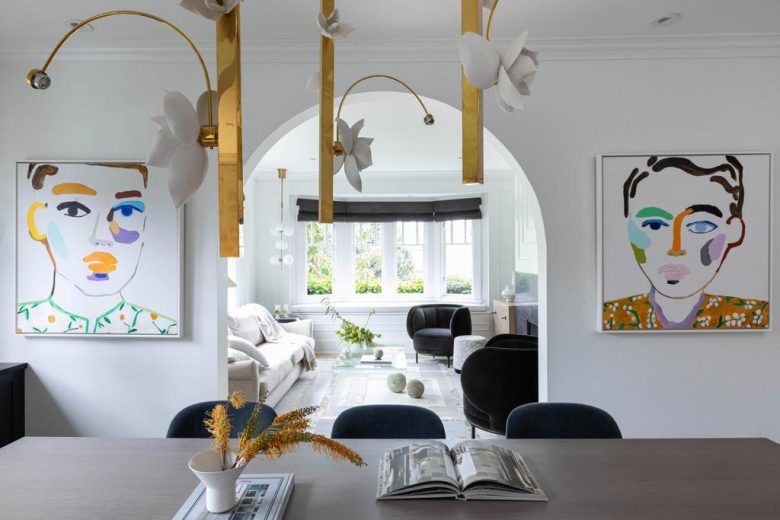In an interview with AD, the Global Wellness Institute’s economist, Katherine Johnston linked the rising popularity of the wellness-inspired design to the “consumer demand and lifestyle and partly because of environmental and health crises around the world”. This trend is indeed based on redirecting architecture and interior design towards a simpler, more intimate and humane path by encouraging a sustainable and healthy lifestyle. Wellness design is ultimately a movement to achieve psychological and emotional comfort by recognizing the interconnectedness of our surroundings and their influence over our state of mind. Today we present some suggestions and characteristics that are integral to the wellness-led design movement.

Form & Function
The thin line between need and desire is easy to miss which is why it is better to strike a balance between both. Accounting for people’s needs with original and appealing products is a challenge gracefully accepted by the design industry. This focus on space as a stimulating factor for human well-being and working capacity is linked to ergonomic design. Ergonomic interiors are not only comfortable and efficient but also aesthetically pleasing.

The beauty of such a wholesome layout is primarily achieved by removing all unnecessary burdens and overbearing objects and decorations which produce visual chaos and disorder in our state of mind. Like minimalism, ergonomic spaces and wellness-inspired design encourage us to do away with the clutter that inadvertently weighs us down. While disposing of the things we no longer need and taking them to recycling centers or donating them, we are left only with those which are necessary for our everyday lives or which bring us joy.

Bio-power
Not only is it important to maximize efficiency by removing the clutter from our interiors but also by recognizing the important role that nature plays in constructing refreshing and cheerful settings. The idea of retaining the inherent human connection with organic materials to boost productivity is part of the philosophy behind biophilic design. Our interiors do not have to exist separate from the world outside- especially considering how much we have come to shape our surroundings. It is often that designers themselves seek inspiration from the allure of nature exhibited in the intertwining branches of trees, the floral patterns in flower fields, the sturdiness of wood and in the vibrant colors found in tropical jungles.

Light & Color
Lighting pops up as a key element in the composition of wholesome interiors for its unique function as a source of energy and atmosphere generator. Various modern lighting and light fixtures provide a more flexible angle to approach interior design based not only on objects but also on the mood assigned to a space. Among these lighting types, natural light stands out in the wellness design movement for its nourishing attributes, its ability to increase productivity, and the positive effect it has on our emotional and psychological health. The smart lighting systems we have at our disposal today are able to replicate the glow of natural light in order to accommodate to our everyday natural rhythm.

Additionally, color is also a crucial element for any type of design and interior décor style. In this case, color is truly a matter of personal choice; every person has a tone that incites different thoughts and emotions. Light and airy tones are mainly used to enhance a room’s space and to cast brightness while dark color schemes such as black, grey and brown recreate an intimate feeling of warmth and comfort. These are the standard notions; however, the final choice depends on whether you feel more motivated by natural earthy colors (beige, grey and brown), bright clear tones (white and light blue), active colors (orange, yellow and pink) or passive color schemes (green and blue) which convey the calm essence of the sea.

Final note
If we wish to summarize the main elements associated with the wellness interior design trend, it all comes down to the use of natural materials such as wood, stone, leather and wicker, paired with the bright glamour of indoor plants to enhance productivity. Such interiors also thrive with the natural light that seeps through extensive windows and balconies as well as the soft glow of unobtrusive minimalist lamps for the evenings and dinner times. Furthermore, the overall atmosphere cannot be called complete without the incorporation of soft neutral colors that soothe one’s eyesight, combined with the curved surface of comfortable furniture. This balanced composition is elegant and at the same time fueled by the human need for a soothing, engaging and healthy lifestyle.


